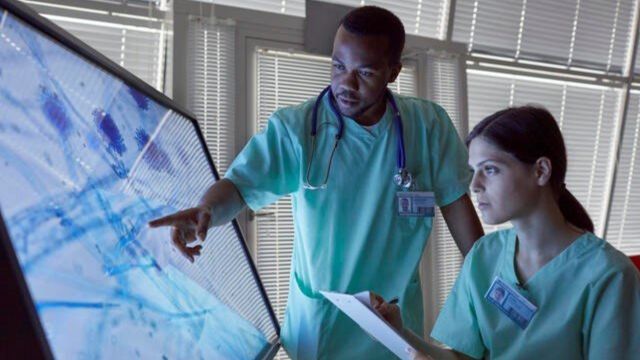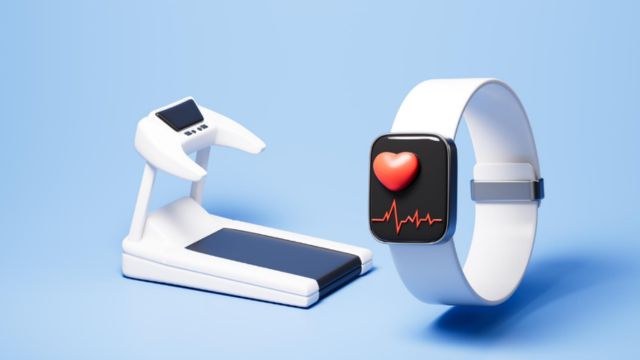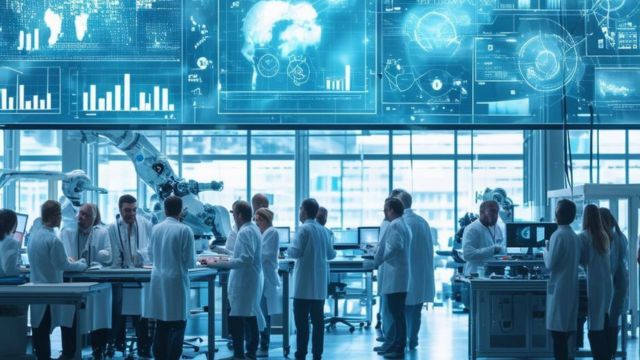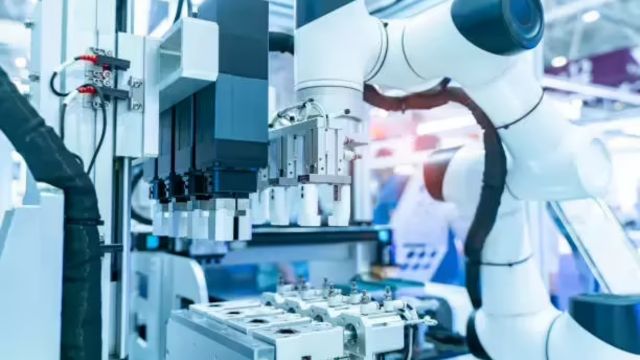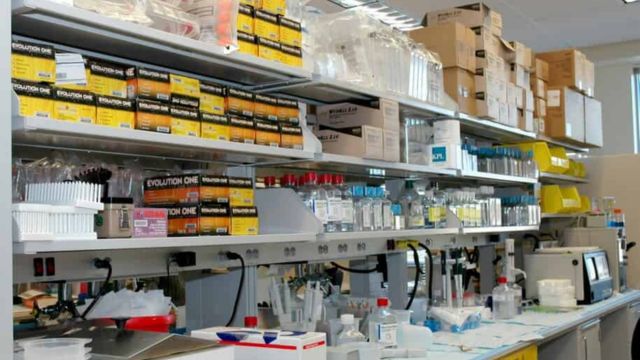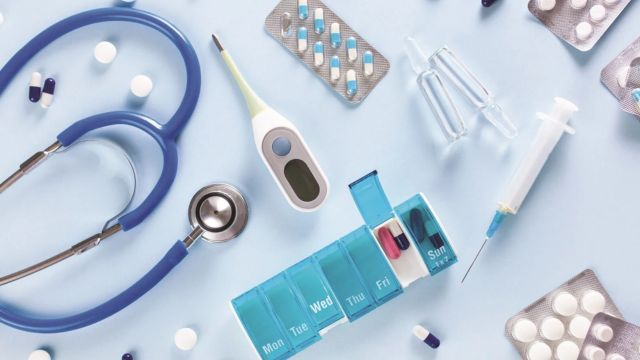Natural disasters like earthquakes, hurricanes, floods, and wildfires can damage infrastructure and make healthcare systems weak and overwhelmed. As important institutions, hospitals and healthcare facilities need to be ready to keep patients safe and continue their care during emergencies like these. During natural disasters, clinical engineering is very important for keeping hospital infrastructure running smoothly. It makes sure that medical equipment stays working and that the facilities are safe for patients, staff, and the community.
In this article, we’ll talk about how important clinical engineers are to getting hospitals ready for disasters, responding to them, and recovering from them. We’ll focus on how they make sure that important equipment works, keep important systems running, and help get hospitals back to normal.
The Importance of Clinical Engineering in Disaster Preparedness
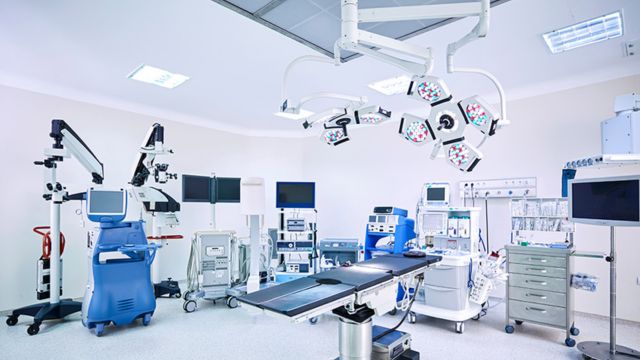
Clinical engineering is a specialized field that deals with keeping and managing medical equipment in hospitals and other healthcare settings. Clinical engineers work closely with healthcare providers to make sure that medical devices are safe, reliable, and work well, especially when things get stressful, like during a natural disaster.
Preparing for disasters is important for keeping equipment from breaking down and minimizing downtime in the event of a natural disaster. Clinical engineers are an important part of the readiness process because they assess risks, find weaknesses in medical equipment, and make backup plans for important devices. Some of their jobs are:
Making sure medical equipment is ready for emergencies
Clinical engineers check and maintain medical equipment on a regular basis. This includes life-support systems, ventilators, imaging devices, and systems that keep an eye on patients. In the event of a disaster, these devices must continue to work. Engineers check to see if the equipment is ready and make sure that backup power systems like generators and uninterruptible power supplies (UPS) are working properly.
Establishing Emergency Protocols for Medical Devices
One of the most important jobs of clinical engineers is to make clear and detailed emergency plans. They tell you how to quickly set up, use, and fix important medical equipment during disasters. This could mean teaching healthcare workers how to use backup equipment or how to use devices when conditions aren’t perfect, like when there isn’t enough power or when the weather is very bad.
Combining Technologies for Specific Disasters
Clinical engineers are in charge of putting together technology solutions that are made just for disaster situations. This could include mobile healthcare units, portable diagnostic tools, and other technologies that can be quickly sent to field hospitals or emergency response sites.
Taking care of medical equipment and infrastructure In the Event of a Natural Disaster
When a natural disaster happens, clinical engineers have to quickly figure out what went wrong with the equipment, the power, and the infrastructure. They can save lives and stop more damage by being able to make quick decisions and put good solutions into action.
Ensuring Backup Power Supply
In a lot of natural disasters, power outages are unavoidable, and hospitals may not be able to get electricity from the grid. Clinical engineers make sure that hospitals have backup power systems that work, like generators and UPS systems. They check these systems often to make sure they can power important medical devices like ventilators, dialysis machines, and monitoring systems.
Troubleshooting and Repairing Damaged Equipment
When there is a disaster, medical equipment is often put under a lot of stress, which can cause it to break down. Clinical engineers need to act quickly to fix broken devices, which could be anything from diagnostic machines to infusion pumps. They might have to fix things with only a few tools, and they often have to think on their feet.
Coordinating with Emergency Response Teams
Clinical engineers work closely with medical staff, disaster recovery units, and outside agencies that respond to emergencies. They might help with the technical side of setting up temporary medical facilities or mobile clinics, where medical equipment needs to be put in place quickly and effectively.
Data Management and Security
During natural disasters, patient data is often at risk due to system outages or cyber threats. Clinical engineers play a vital role in maintaining data security by ensuring that hospital information systems are resilient and protected from potential breaches. They may also back up critical data and facilitate communication between healthcare providers and emergency responders.
Recovery and Restoration of Hospital Infrastructure
Once the immediate threat has subsided, clinical engineers continue to play a critical role in the recovery and restoration of hospital infrastructure. Their tasks during this phase may include:
Assessing Equipment and Infrastructure Damage
After the disaster, clinical engineers conduct a thorough inspection of all medical devices, systems, and facilities to assess damage. This helps prioritize repair and replacement efforts and ensures that critical systems are restored first.
Coordinating with Suppliers for Replacement Parts
Clinical engineers work with suppliers to acquire necessary parts and components to restore hospital systems and medical devices. Due to the urgency of the situation, they may need to source parts from emergency suppliers or use alternative solutions temporarily.
Upgrading Systems for Future Preparedness
Clinical engineers evaluate the effectiveness of the hospital’s disaster response and recovery process. They work to improve existing systems and processes, ensuring that hospitals are better equipped to handle future disasters. This may involve upgrading backup power systems, enhancing data security measures, or adding redundancy to critical medical equipment.
Conclusion
Clinical engineering is essential to managing hospital infrastructure during natural disasters. Their expertise ensures that critical medical equipment remains functional, that power systems are reliable, and that healthcare facilities can continue providing life-saving care even in the face of catastrophic events. With their involvement in disaster preparedness, response, and recovery, clinical engineers play a pivotal role in safeguarding the health and safety of both patients and healthcare providers.
Stay informed and prepared for the unexpected! At JandJ Supplies, we provide the latest information and resources related to medical supplies, clinical engineering, and hospital disaster preparedness. Ensure your healthcare facility is ready to face any challenge by exploring our comprehensive resources. Stay updated on the best practices and essential equipment to keep your hospital infrastructure running smoothly.
FAQ
What is the role of clinical engineering during a natural disaster?
Clinical engineering ensures that medical equipment remains functional, backup power systems are operational, and that hospitals can continue providing care despite damage from natural disasters.
How do clinical engineers ensure medical equipment readiness for disasters?
Clinical engineers conduct routine maintenance checks, ensure backup power systems are working, and train staff on emergency protocols to handle equipment in disaster situations.
What backup systems do clinical engineers implement in hospitals?
Clinical engineers implement backup power systems such as generators and uninterruptible power supplies (UPS) to ensure that critical medical devices stay operational during power outages.
Why is data management important during natural disasters?
During natural disasters, patient data can be compromised. Clinical engineers help maintain data security and ensure communication between healthcare providers and emergency teams.
How do clinical engineers help in post-disaster recovery?
After a disaster, clinical engineers assess damage to medical equipment, coordinate repairs, and work with suppliers to acquire necessary parts to restore hospital operations.

